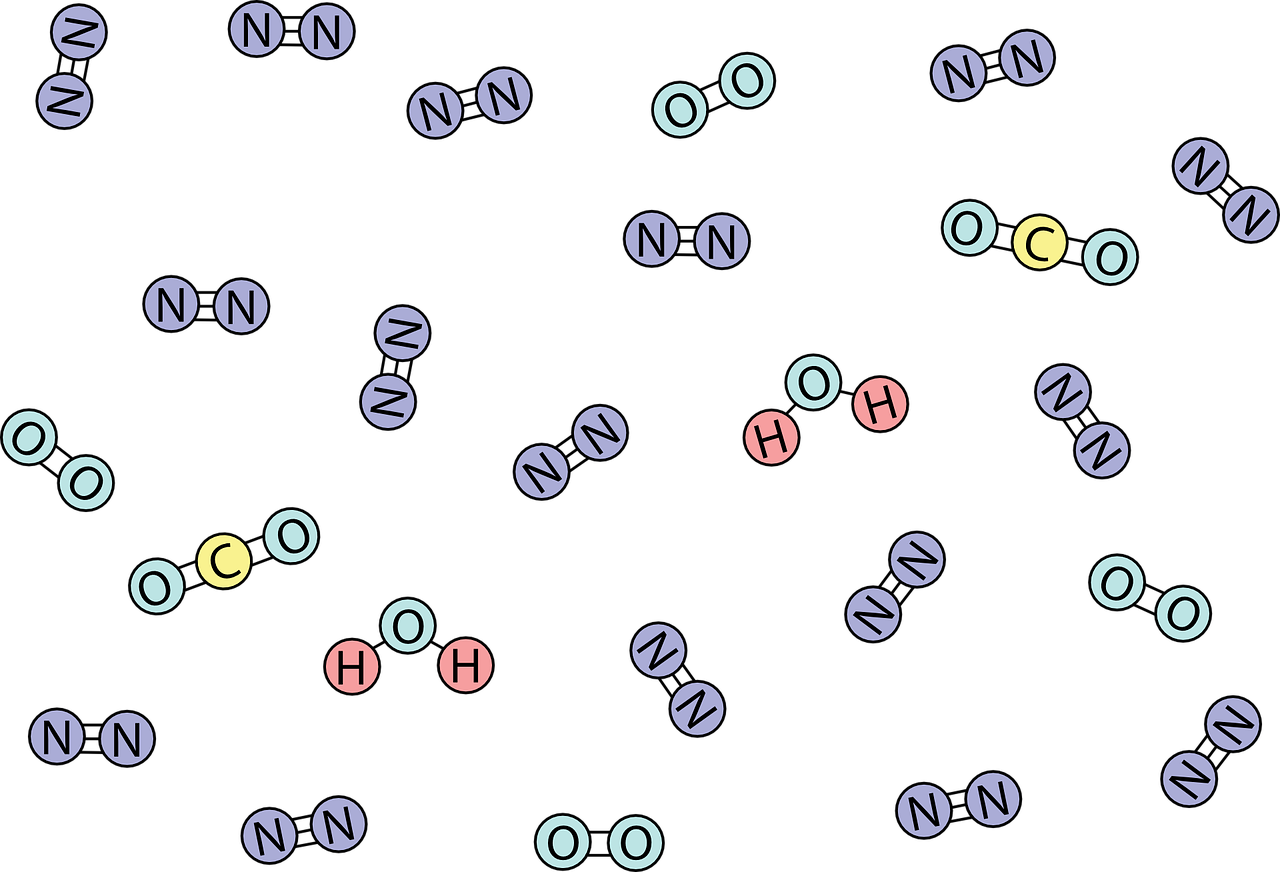
Only available in English
Par Simon Quemin et Raphaël Trotignon
We build a model of competitive emissions trading under uncertainty with supply-side control. Firms can use rolling planning horizons to deal with uncertainty and can also exhibit bounded responsiveness to the control. We tailor the model to the EU ETS, calibrate it to 2008-2017 market developments and find that a rolling horizon is able to reconcile the banking dynamics with discount rates implied from futures’ yield curves. We evaluate the 2018 market reform, decompose the impacts of its main features and quantify how they hinge on the firms’ horizon and responsiveness. We highlight important implications for policy design and evaluation.
Retrouver le résumé pour décideurs sur le site de la London School of Economics and Political Science
Une version antérieure de cet article a été publiée en janvier 2019 sous le titre Intertemporal emissions trading and market design : An application to the EU ETS (disponible sur demande).
